Shankar IAS Summary: Institutions and Measures- 2 - BPSC (Bihar) PDF Download
Introduction
Environmental protection is a global imperative, and various institutions and measures play a crucial role in addressing environmental challenges. These entities, both at national and international levels, are responsible for formulating policies, implementing regulations, and fostering awareness to safeguard ecosystems and biodiversity.
Comprehensive Environ-Mental Pollution Index (CEPI)
The Comprehensive Environmental Pollution Index (CEPI) is a numerical measure designed to characterize environmental quality at a specific location. It employs an algorithm considering sources, pathways, receptors, pollutant concentrations, impact on human health, and exposure levels for calculating pollution indices related to air, water, and land.
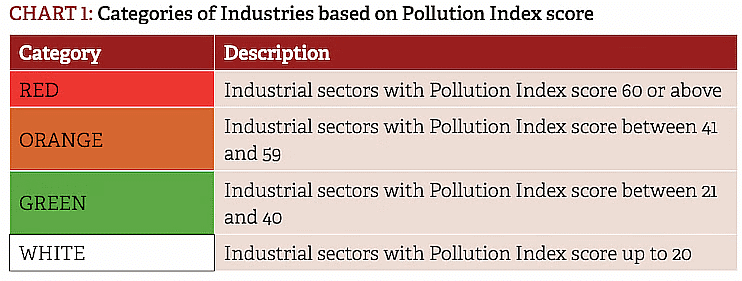
CEPI serves as an early warning tool, aiding in categorizing industrial clusters based on planning priority needs for interventions. Industrial clusters are classified as follows:
- CEPI score > 70: Critically polluted - requires detailed investigations and appropriate remedial action.
- CEPI score 60 - 70: Severely polluted - necessitates surveillance and implementation of pollution control measures.
- CEPI score < 60: Normal.
The Central and State Pollution Control Boards, in collaboration with IIT Delhi, have applied CEPI for assessing 88 industrial clusters across the country. Among these, 43 clusters with a CEPI greater than 70 have been identified as critically polluted.
- Effective implementation of remedial action plans is crucial for pollution abatement and restoring the environmental quality of these industrial clusters for sustainable use.
- The exploration of polluted industrial clusters/areas is essential to define spatial boundaries and assess the extent of eco-geological damages.
- Areas for improvement in the CEPI process include consistency in pollution monitoring data, selection of sampling locations, and data collection on adverse impacts on human populations and other geo-ecological features due to industrial pollution.
Did you know?
The National Green Tribunal (NGT) has formed a high-powered committee of government officials to develop guidelines for the restoration of the environment and ecology damaged by coal mining in Meghalaya.
Urban Services Environ-mental Rating System (USERS)
Implemented as a project funded by UNDP and executed by the Ministry of Environment and Forests, the Urban Services Environmental Rating System (USERS) is carried out by TERI. The primary objective is to create an analytical tool for assessing the performance of local bodies in Delhi and Kanpur, identified as pilot cities.
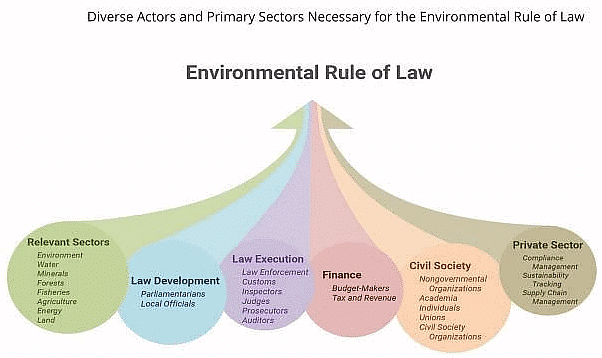
The focus of USERS is on developing a Performance Measurement (PM) tool, which utilizes a set of indicators benchmarked against predetermined targets. This is achieved through an inputs-outputs efficiency outcomes framework.
Biodiversity Conservation & Rural Livelihood Improvement Project (BCRLIP)
The Biodiversity Conservation & Rural Livelihood Improvement Project (BCRLIP) aims to conserve biodiversity in specific landscapes, including wildlife-protected areas and critical conservation zones, while simultaneously enhancing rural livelihoods through participatory approaches.
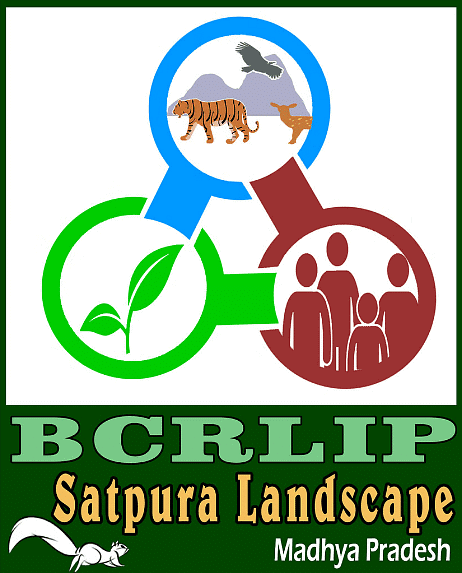
- New models such as Joint Forest Management (JFM) and eco-development, implemented in certain states, serve as examples of innovative approaches that benefit both conservation efforts and local communities.
- The project's vision involves expanding to other globally significant sites across the country, strengthening the connection between conservation initiatives and the improvement of livelihoods for local communities residing near biodiverse regions. This expansion also aims to contribute to the growth of the local and national economy.
- As a Centrally Sponsored Scheme, the project is supported by five financiers, including IDA loan, GEF grant, contributions from the Government of India, State Governments, and beneficiaries. The funding amounts to approximately Rs. 137.35 crores, allocated over a six-year period.
Science Express - Biodiversity Special (SEBS)
Science Express - Biodiversity Special (SEBS) is an innovative mobile exhibition featured on a specially designed 16-coach AC train. It traveled across India from June 5 to December 22, 2012, spanning 180 days with the primary objective of generating widespread awareness about the country's unique biodiversity.
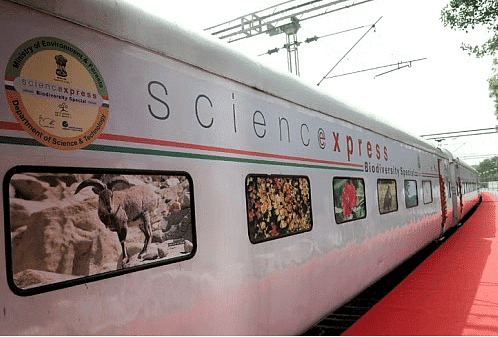
- As the fifth phase of the iconic Science Express, SEBS represents a collaborative effort between the Department of Science & Technology (DST) and the Ministry of Environment & Forests (MoEF) under the Government of India.
- This state-of-the-art exhibition aboard SEBS is designed to promote extensive awareness about India's distinctive biodiversity, climate change, water, energy conservation, and related issues, with a special focus on reaching various segments of society, particularly students.
National Environment Awareness Campaign (NEAC)
The National Environment Awareness Campaign (NEAC) was initiated in 1986 with the primary goal of fostering environmental awareness on a national scale.
- Utilizing both conventional and non-conventional communication methods, NEAC operates as a multi-media campaign to disseminate environmental messages. Registered NGOs, schools, colleges, universities, research institutions, women and youth organizations, army units, and state government departments across the country receive nominal financial assistance for organizing and conducting awareness-raising activities under this campaign.
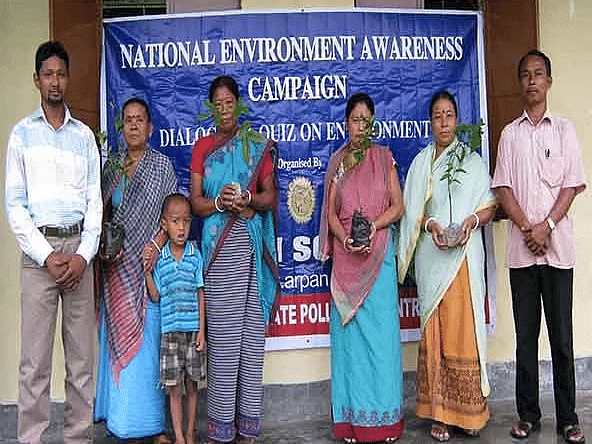
- These activities encompass a range of initiatives such as seminars, workshops, training programs, camps, rallies, exhibitions, competitions, folk dances and songs, street theater, puppet shows, as well as the creation and distribution of environmental education resource materials. Following these awareness activities, participants engage in practical actions like tree plantation, household waste management, and water body cleaning.
Do you know?
The National Green Tribunal (NGT) has suspended the environmental clearance (EC) granted to the 780 MW Nyamjang Chhu hydel power project in Arunachal Pradesh.




















